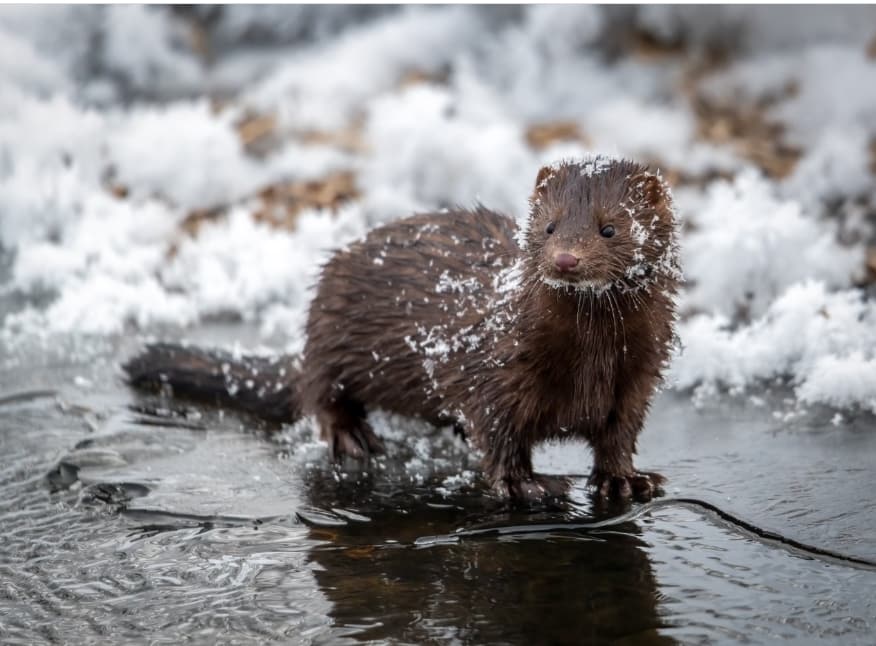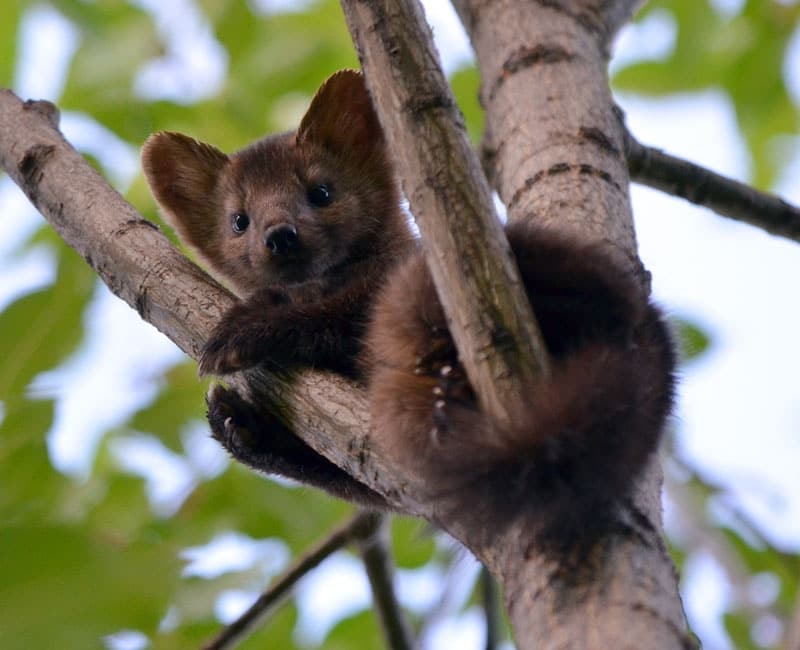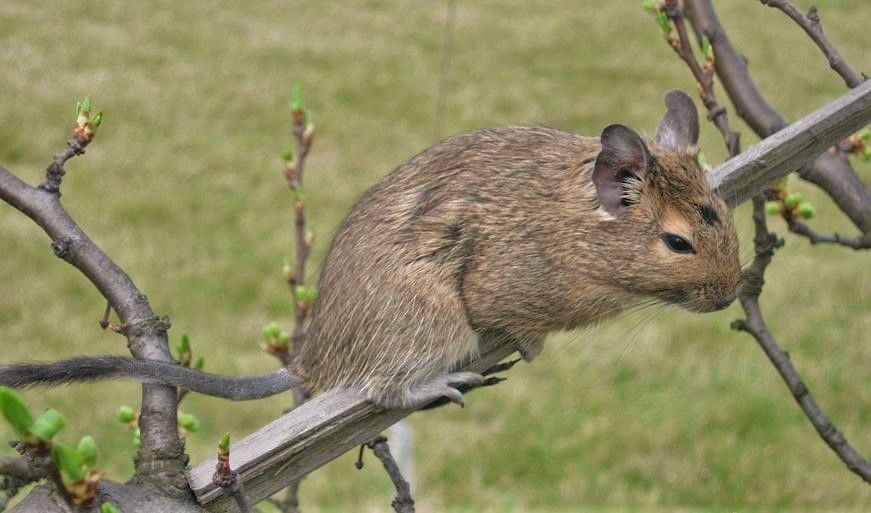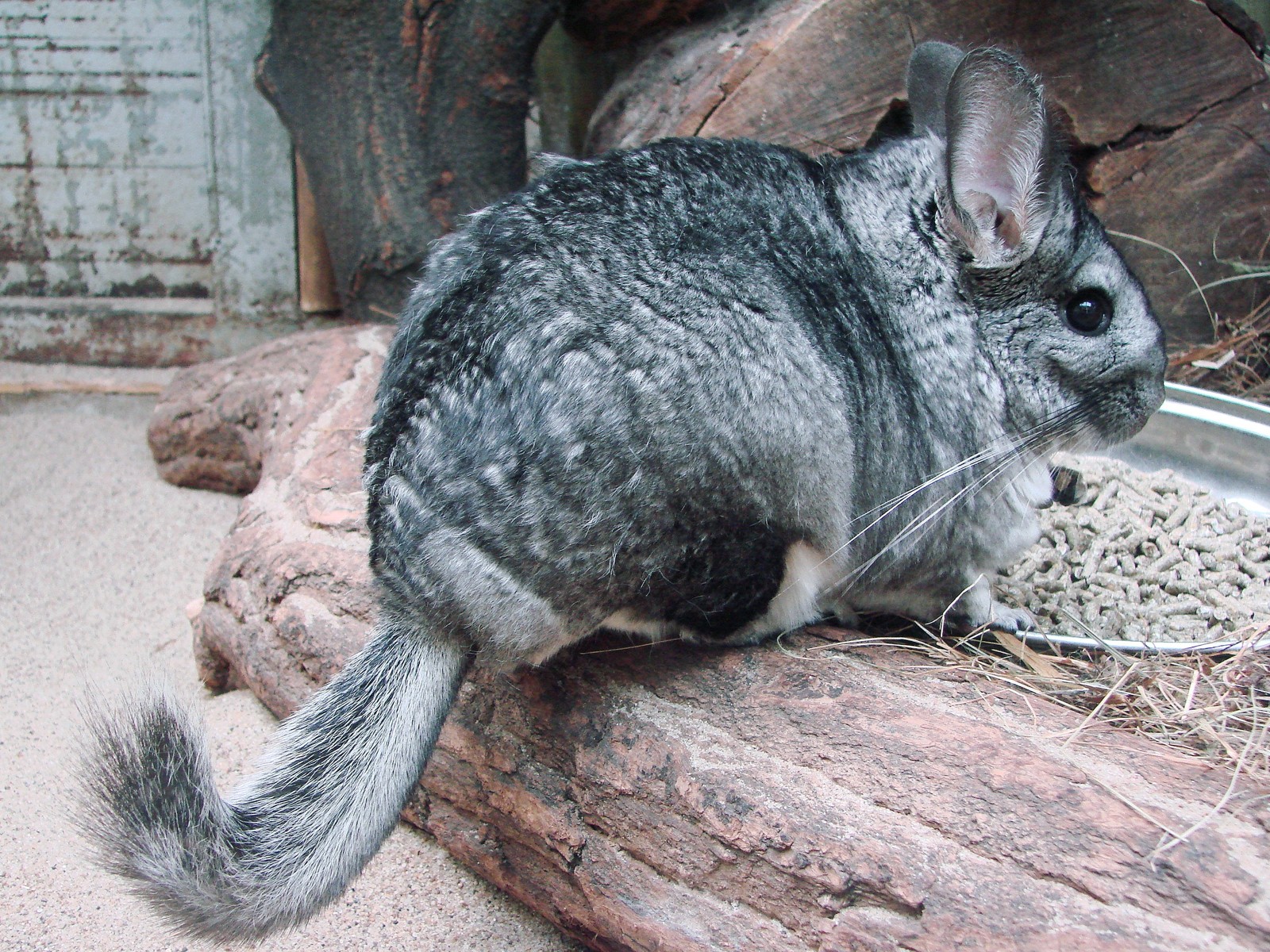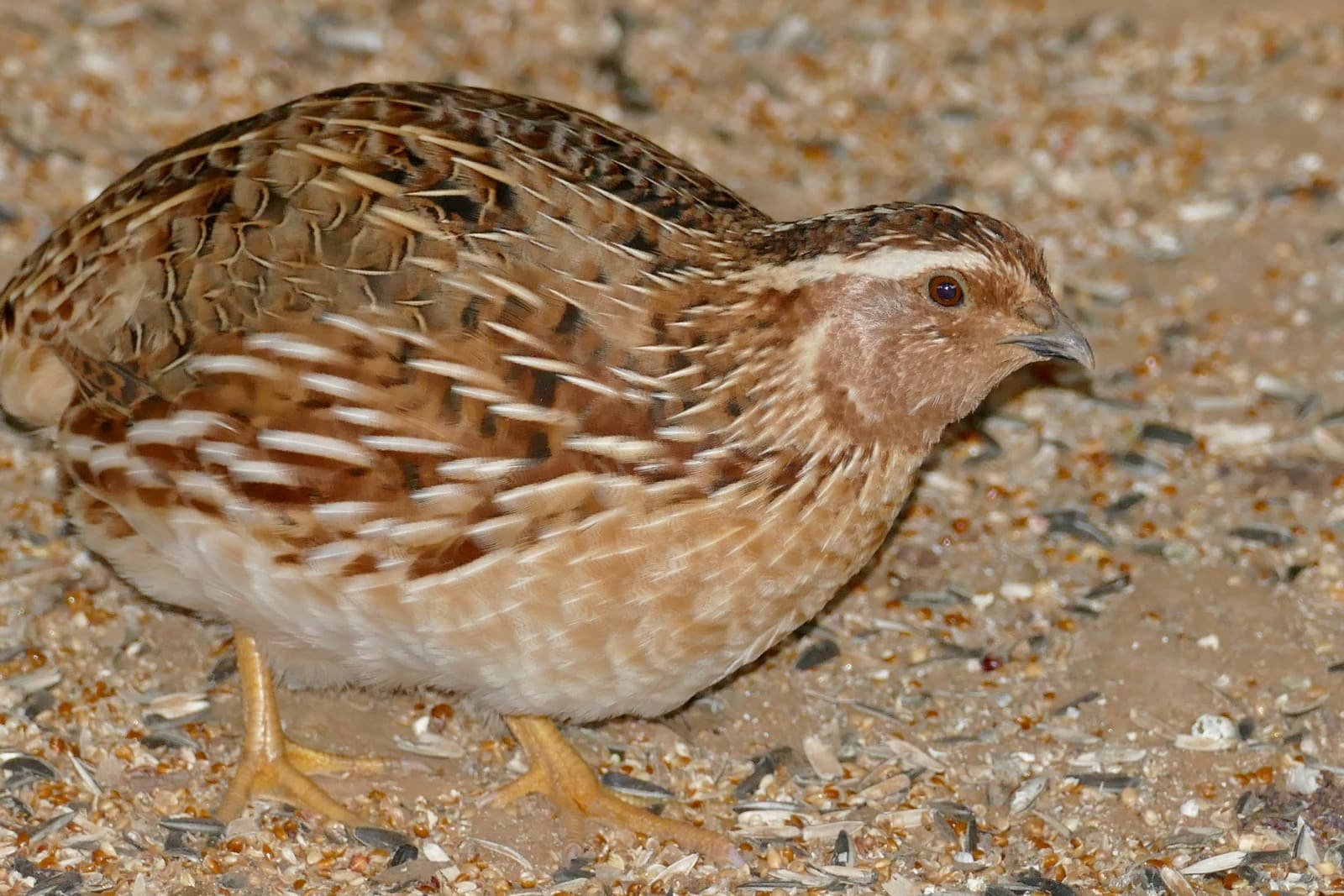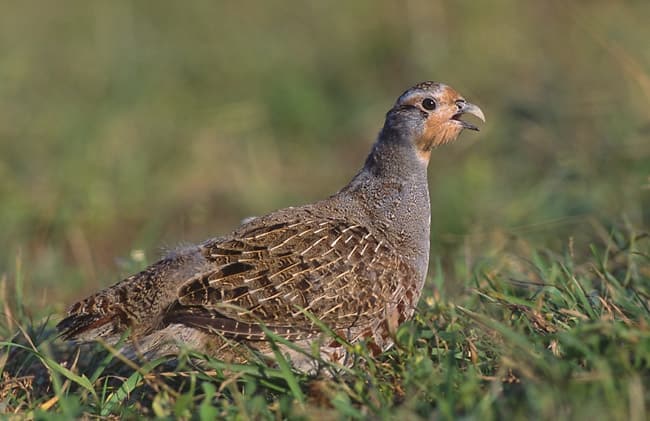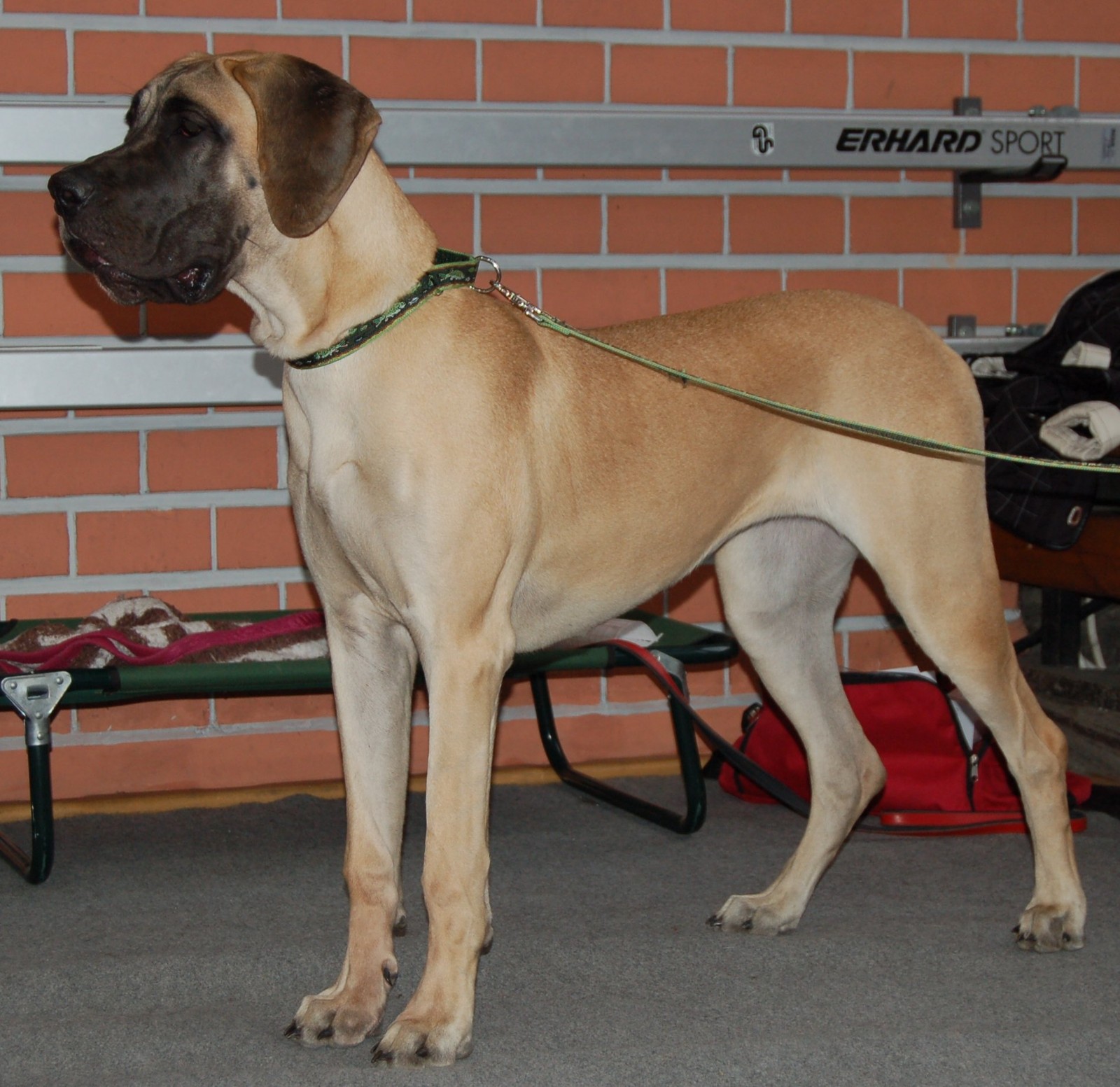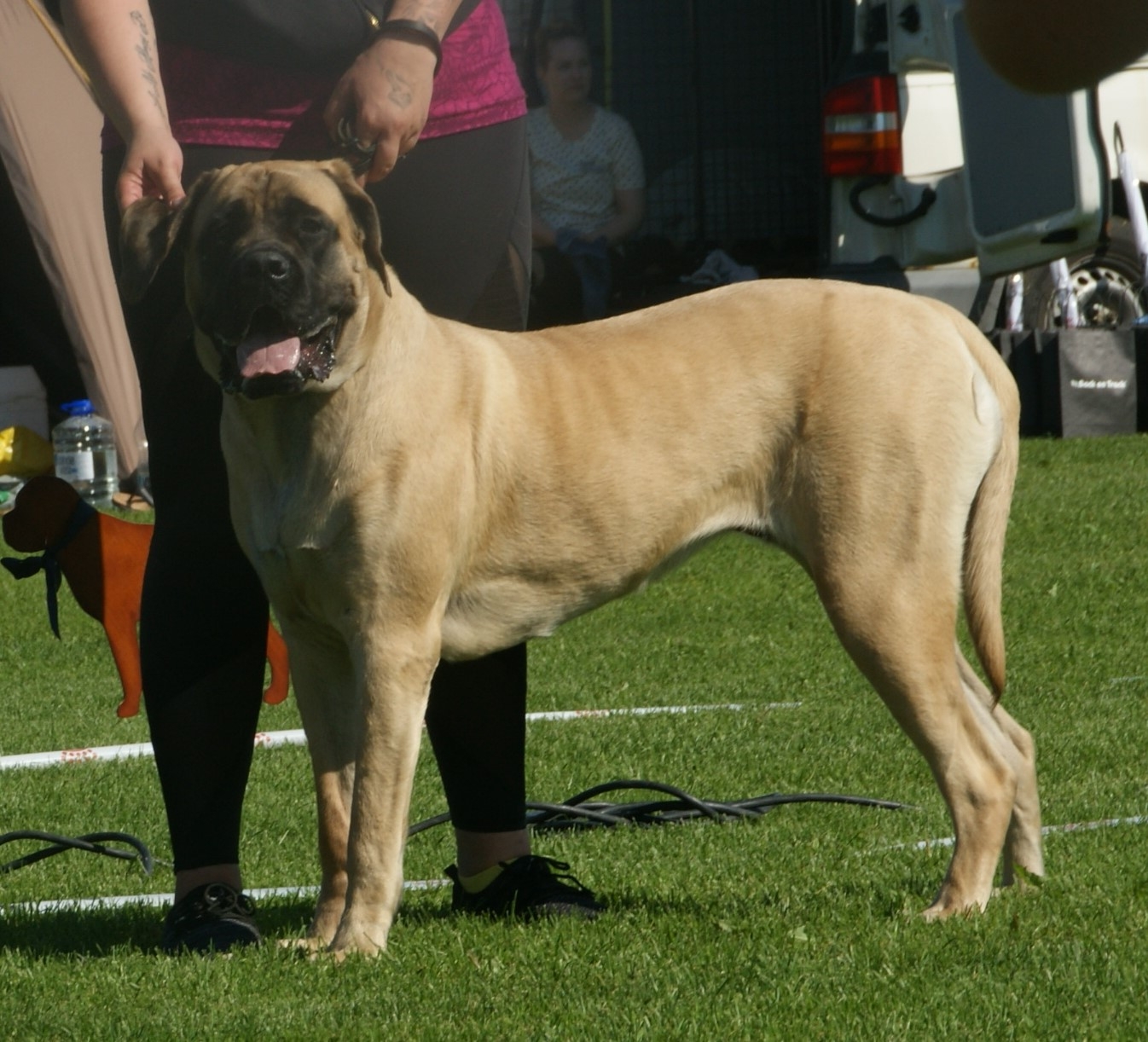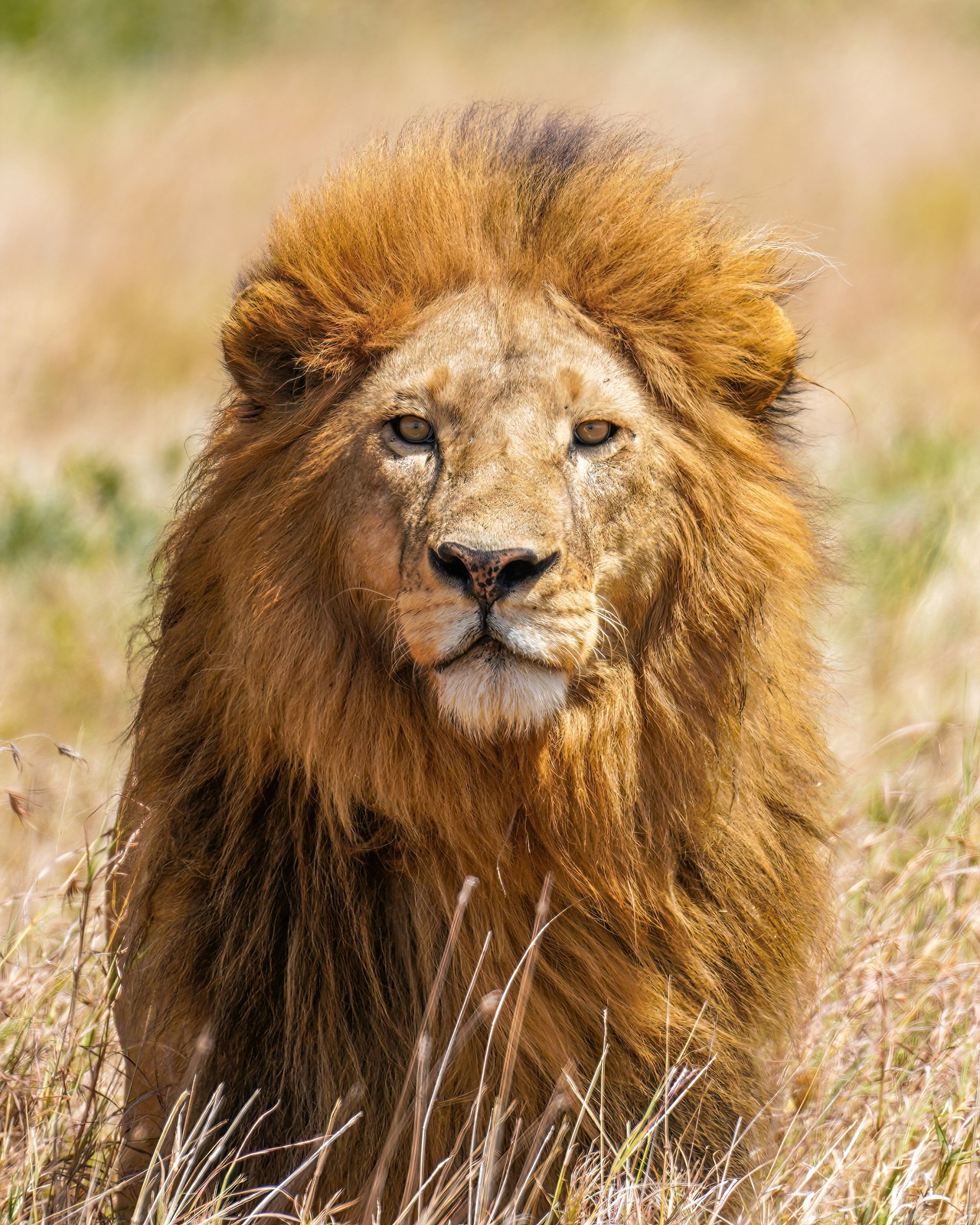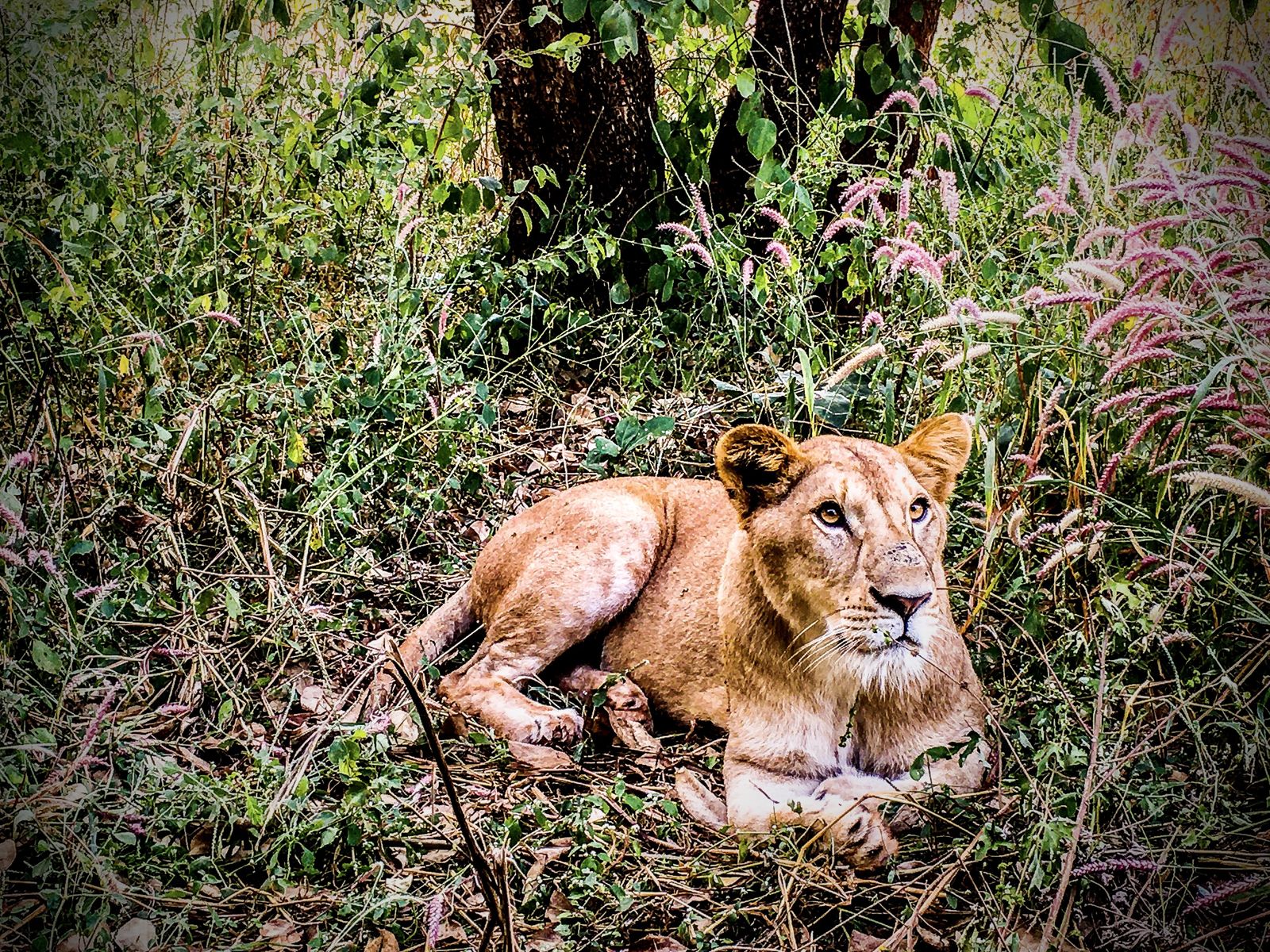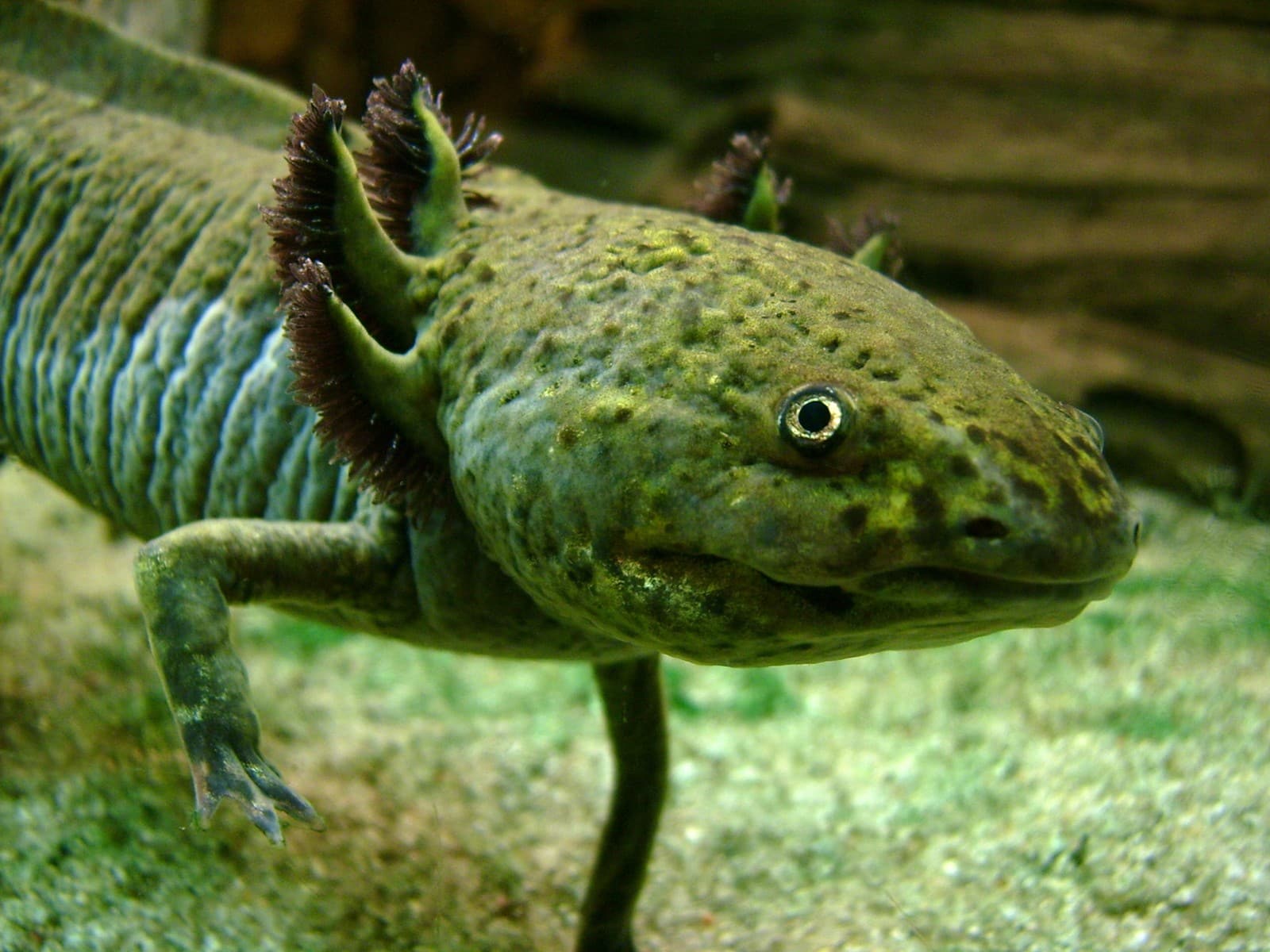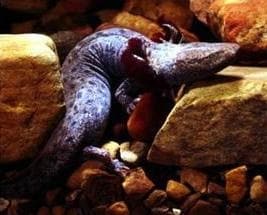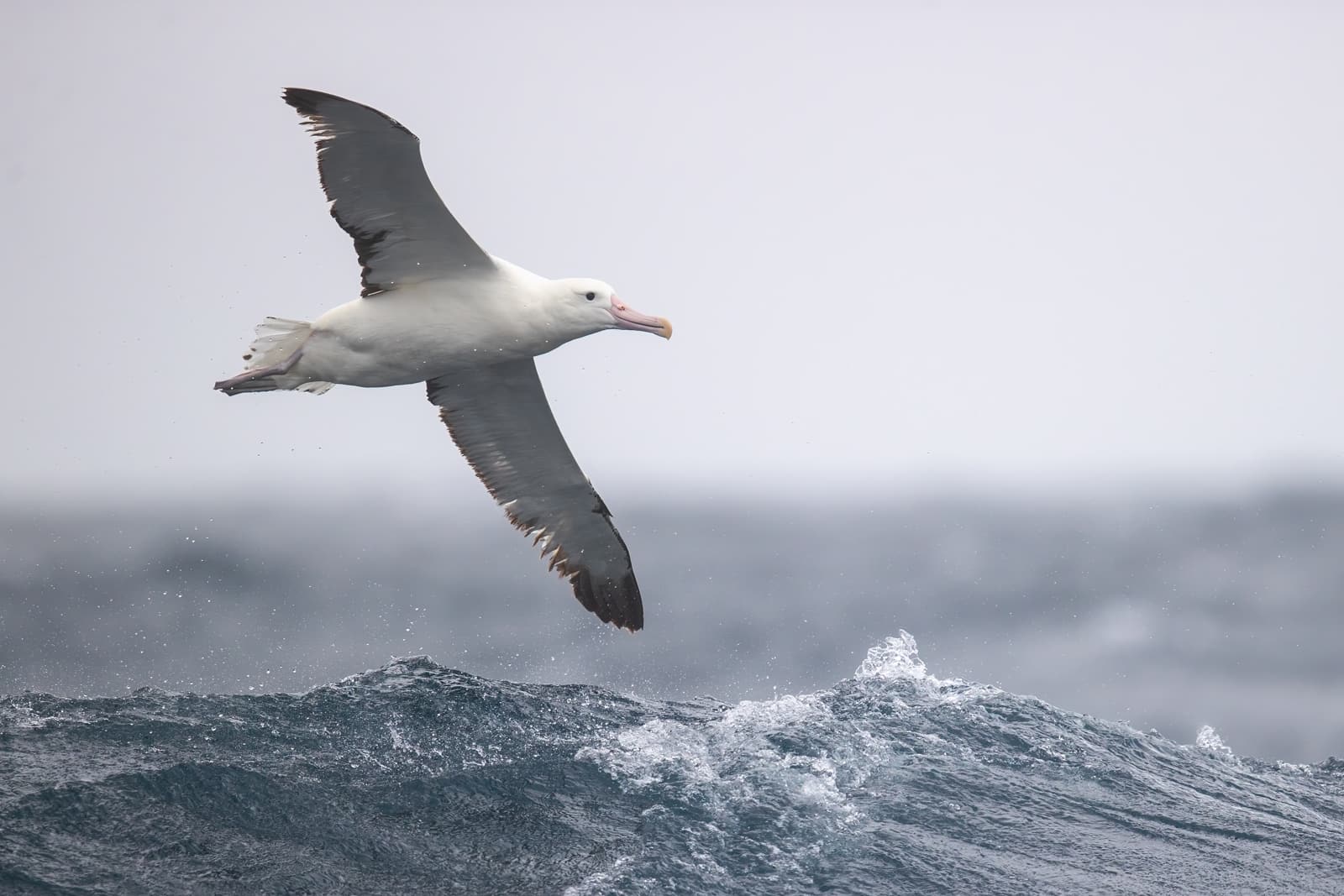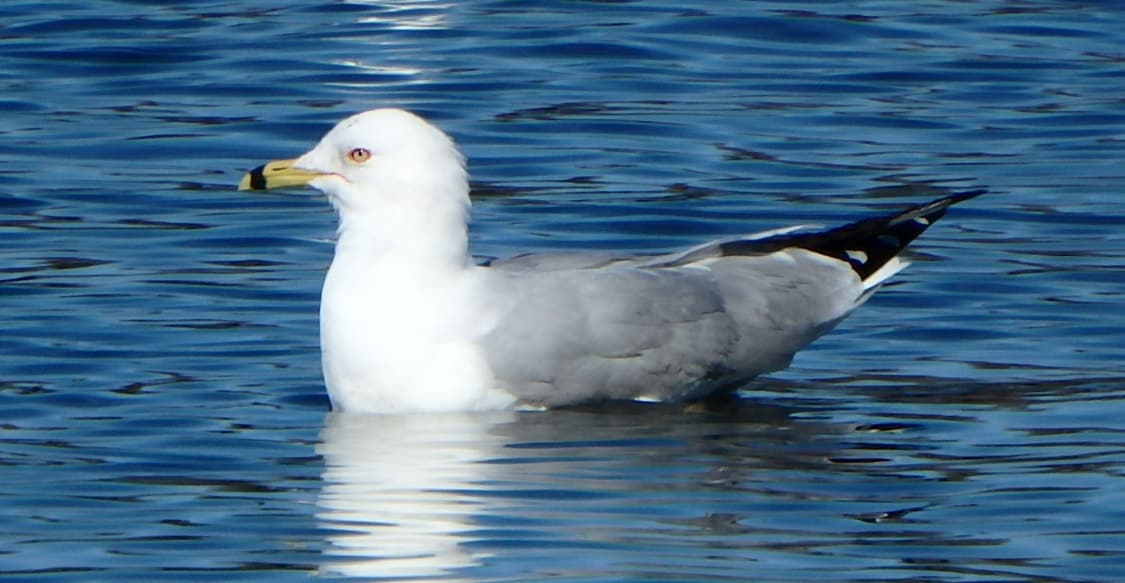Sable vs Chinchilla: A Complete Comparison
In the realm of luxurious fur-bearing mammals, the sable and chinchilla stand as nature’s elite, though they couldn’t be more different in their biological roles. The sable (Martes zibellina), a fierce carnivorous hunter weighing 2.2-4.4 pounds (1-2 kg), contrasts sharply with the gentle herbivorous chinchilla (Chinchilla lanigera), typically weighing 1.1-1.8 pounds (0.5-0.8 kg).
These remarkable mammals have evolved distinct adaptations that reflect their vastly different lifestyles. While sables prowl the boreal forests of Siberia as skilled predators, chinchillas evolved in the high Andes Mountains, developing incredibly dense fur with up to 60 hairs growing from each follicle – compared to the sable’s still-impressive 12-14 hairs per follicle.
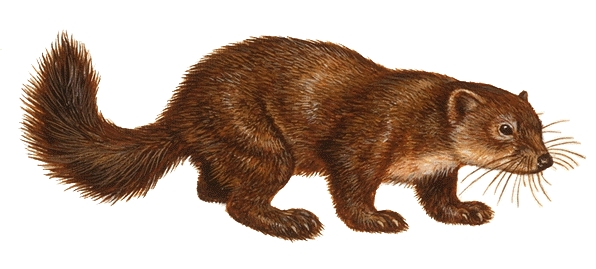
The sable displays its characteristic hunting posture and luxurious dark brown winter coat, showcasing the sleek predatory build that makes it one of Siberia’s most efficient hunters.
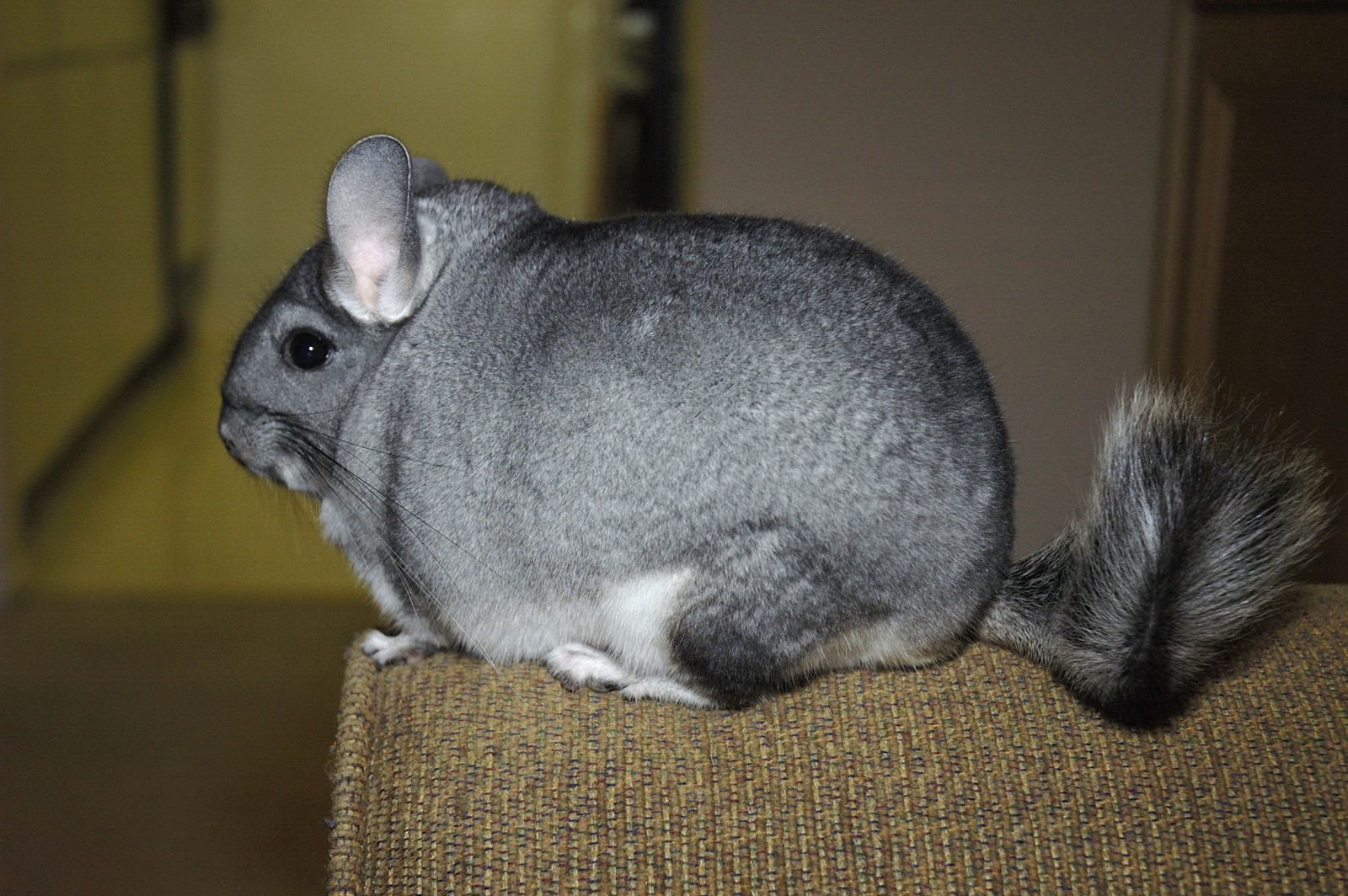
A chinchilla demonstrates its characteristic alert posture and incredibly dense grey fur, exhibiting the compact build and large ears that help it survive in its high-altitude native habitat.
Key Differences: Sable vs Chinchilla
| Feature | Sable | Chinchilla |
|---|---|---|
| Classification | Carnivorous mustelid | Herbivorous rodent |
| Size | 14-20 inches (35-50 cm) | 9-15 inches (23-38 cm) |
| Weight | 2.2-4.4 lbs (1-2 kg) | 1.1-1.8 lbs (0.5-0.8 kg) |
| Habitat | Boreal forests | High-altitude mountains |
| Fur Density | 12-14 hairs per follicle | 50-60 hairs per follicle |
| Lifespan | 8-10 years wild | 10-20 years captivity |
Natural Habitat and Behavior
Sables thrive in the dense taiga forests of Siberia and northern Asia, where they actively hunt prey through deep snow and climb trees with remarkable agility. Their muscular build and sharp claws enable them to catch everything from small rodents to birds and fish.
Chinchillas evolved in the harsh environment of the Andes Mountains at elevations of 9,800-16,400 feet (3,000-5,000 meters). Their social nature leads them to live in colony groups, using their exceptional jumping ability – leaping up to 6 feet (1.8 meters) high – to escape predators.
Fur Characteristics and Adaptation
The distinctive fur qualities of these mammals reflect their environmental adaptations. Sable fur features a rich brown color with a silky texture, perfectly suited for insulation in sub-zero temperatures. Each hair shaft displays a unique structure that creates the fur’s characteristic sheen.
Chinchilla fur evolved differently, developing unprecedented density with up to 60 hairs per follicle. This adaptation provides excellent insulation against high-altitude cold while remaining lightweight. The fur’s unique structure prevents parasites from penetrating, leading to the species’ characteristic dust-bathing behavior.
Conservation Status and Human Impact
Both species have faced significant population pressures due to fur trade exploitation. Wild sables experienced severe hunting pressure historically but have recovered in many areas through conservation efforts and regulated harvesting practices. Their current conservation status is “Least Concern.”
Chinchillas faced more devastating population declines, with wild populations of Chinchilla lanigera classified as “Critically Endangered.” The species survives primarily in captivity, with only a few isolated wild populations remaining in their native range.
Predator-Prey Dynamics
In their natural habitat, sables function as apex predators, facing little threat except from larger carnivores like wolves and eagles. Their muscular build, sharp teeth, and excellent climbing abilities make them formidable hunters.
Chinchillas evolved as prey animals, developing acute hearing, rapid reflexes, and social behaviors to avoid predation. Their primary defense mechanisms include vigilant group behavior and the ability to release fur if grabbed by a predator – a technique known as “fur slip.”
Through this comparison of sable vs chinchilla, we see how evolution has crafted two remarkably different mammals, each perfectly adapted to their respective niches in nature’s grand design.
